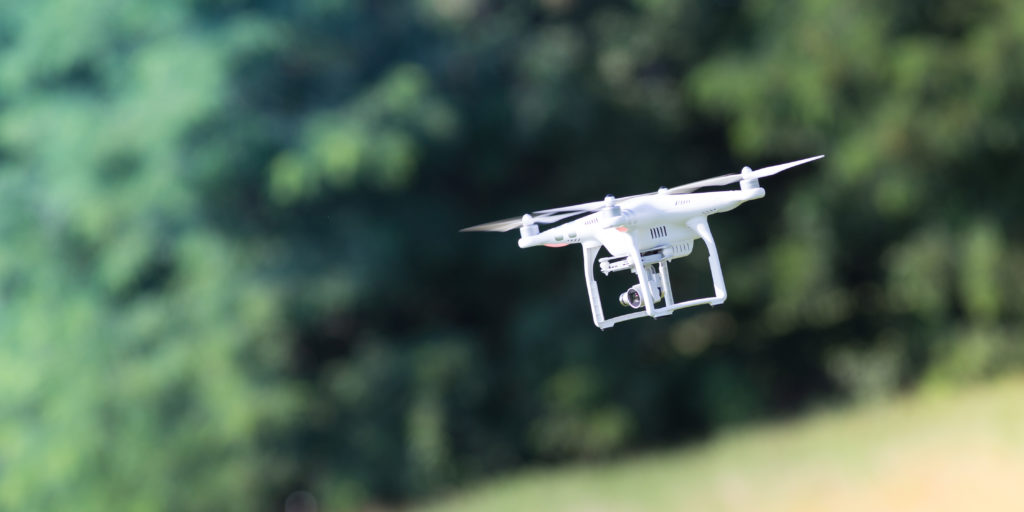Robert Garbett, chief executive at UK-based consultancy Drone Major Group, discusses the benefits of adopting a third-party to help combat the threat from rogue drones to commercial airports
There remains very low awareness among the business community of the extraordinary pace at which drone technology is evolving, and this makes staying ahead of the threat posed by those who would abuse this technology challenging, even for the most competent of businesses and management teams.
The commercial air drone market currently still resembles the Wild West… exciting and with unprecedented economic opportunity for the companies and organizations that are fast adopting this exceptional technology. However, there will always be those who would flaunt laws and regulation to cause maximum disruption around the world. This particularly impacts on more vulnerable sectors such as airports, financial centers, energy facilities, stadia and concert venues, which require tailored defense strategies to protect against what is a new and real security challenge.
The British Armed Forces has been a world leader in the use of drone technology, for both offense and defense, for many years, long before the recent adoption by the business world, and its techniques are now being applied, particularly in counter-drone strategies, which utilize an ever-evolving range of advanced technologies to detect, track, identify and defeat the threat posed by those who would abuse air drone technology for nefarious means.
There are literally hundreds of counter-drone products and manufacturers worldwide and the market is expanding on a daily basis, making it extremely difficult to keep track. This is one reason why the rapid, often knee-jerk adoption of such technology in the face of media pressure, while sometimes providing a short-term fix, can often be a long-term error of judgement and, in isolation of appropriate policies and procedures, is rarely effective.
Our Counter Drone team, primarily ex-military, continually analyze this market to identify those systems that will be of most appropriate use to our clients in the application of both ‘soft’ and ‘hard’ effect counter-drone measures. Soft-effect measures include intelligence-led threat identification, and robust airspace management with commensurate risk management policies and legal procedures. Hard measures are broken down into ‘Detect, Track and Identify’ and ‘Defeat’, which are subject to strict usage restrictions.
One of the challenges for our clients in all sectors is the need to adopt drone technology within a disciplined strategy that supports the organization, ensures security and also ‘future-proofs’ what is put in place. The adoption of counter-drone technology is no exception and so we would urge those organizations reacting to recent events to take a breath and think strategically.
As far as criminals or ‘rogue’ drone operators are concerned – they will always exist. However, their task will be made much more difficult by an increasingly informed business community, the putting in place of more sophisticated counter-drone strategies, the implementation of the forthcoming Drone Bill within the UK, and the adoption of the new aerial drone standards that were launched for public and peer group consultation in November 2018 by the International Organization For Standardization. The deadline for public responses on this consultation is January 21, 2019.
Interested in drone security? Check out the ‘Aviation Security, Border Control & Facilitation’ stream at the Passenger Terminal Conference, which takes place during Passenger Terminal Expo, on March 26, 27 and 28, 2019, in London.


